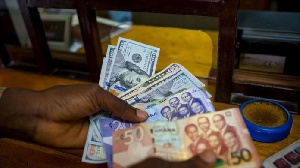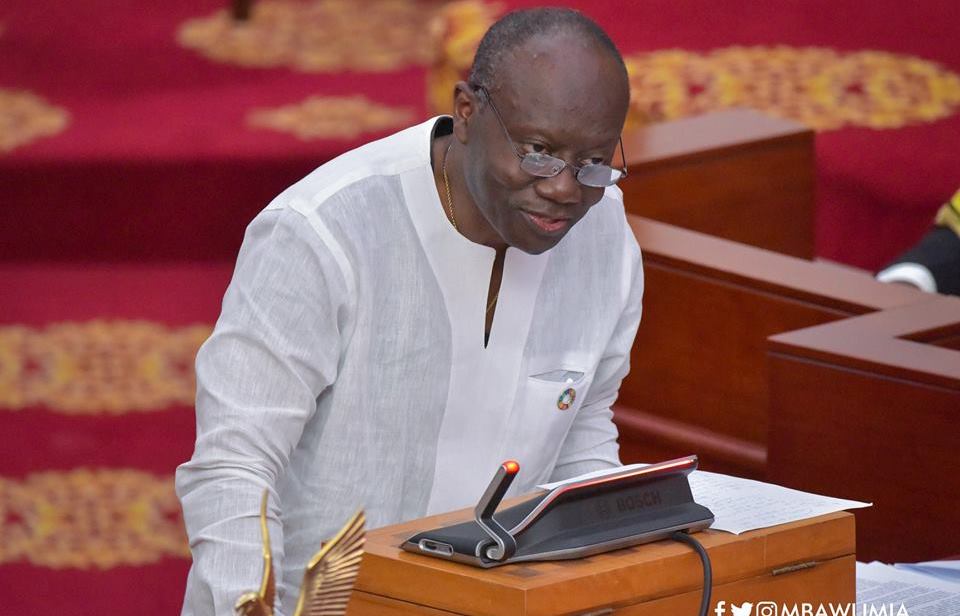5 Reasons the Ghanaian Cedi could Depreciate to GHS 17.70 per USD by Late 2025

The Ghanaian cedi has shown remarkable resilience in recent months, appreciating from about GHS 15 to GHS 13 per U.S. dollar. This unexpected rebound has raised eyebrows, especially in light of a recent Databank Research projection that the cedi could depreciate to GHS 17.70 per dollar by the end of 2025.
At first glance, this forecast seems at odds with current market trends. But a deeper look reveals that Databank’s projection may still be realistic—and even prudent. Here’s why the cedi’s current strength might be temporary, and why a reversal is still likely in the coming months.
1. Short-Term Gains vs. Long-Term Pressures
The cedi’s current appreciation can largely be attributed to seasonal and temporary inflows, such as:
-
Cocoa syndication loans
-
IMF disbursements
-
Diaspora remittances
While these inflows boost foreign reserves and stabilize the exchange rate in the short term, they don’t reflect deep structural improvements in Ghana’s economy. Once these temporary buffers fade, the underlying vulnerabilities may reassert themselves.
2. Structural Economic Weaknesses Remain
Despite recent gains, Ghana still faces significant macroeconomic challenges, including:
-
High public debt
-
Chronic fiscal deficits
-
A limited and undiversified export base
These structural issues make the cedi vulnerable to renewed pressure, particularly if foreign reserves start to decline or if fiscal discipline slips, especially during the pre-election period.
3. Rising Import Demand and Inflation Risks
Another major pressure point is Ghana’s heavy dependence on imports—particularly fuel, machinery, and consumer goods. As the economy recovers and demand increases:
-
Import demand will rise, increasing demand for U.S. dollars
-
Inflation could pick up, further weakening the cedi’s real value
-
Investor confidence may suffer if inflation isn’t tightly managed, potentially triggering capital flight or dollar hoarding
These forces could combine to push the exchange rate back upward, especially in the second half of the year.
4. External Shocks and Global Dollar Strength
The global economic environment also plays a crucial role. If the U.S. Federal Reserve continues to raise interest rates or if the U.S. economy remains strong:
-
The U.S. dollar could strengthen further against most global currencies
-
Emerging market currencies, including the cedi, would likely come under pressure
A stronger dollar globally typically translates to a weaker cedi, regardless of domestic policy efforts.
5. Conservative and Cautious Forecasting
Databank’s projection may also reflect a deliberately conservative stance, factoring in:
-
Delays in IMF disbursements
-
Slow progress on economic reforms
-
Election-related fiscal slippages
-
Limited additional foreign inflows in late 2025
Such an approach may prove more accurate in the long term, especially if the current gains are not backed by deep structural improvements.
Final Thoughts
While the recent appreciation of the cedi is a positive development, it should be interpreted with caution. The fundamentals suggest that a return to depreciation is not only possible but likely—particularly toward the end of 2025.
Databank’s forecast of GHS 17.70 per USD may seem pessimistic in today’s context, but it reflects a sober assessment of Ghana’s underlying economic realities. If reforms stall or external conditions worsen, that rate could become a reality.
In short: enjoy the cedi’s current strength—but don’t bet on it lasting forever.
Source: Thepressradio,com| Ogyem Solomon





